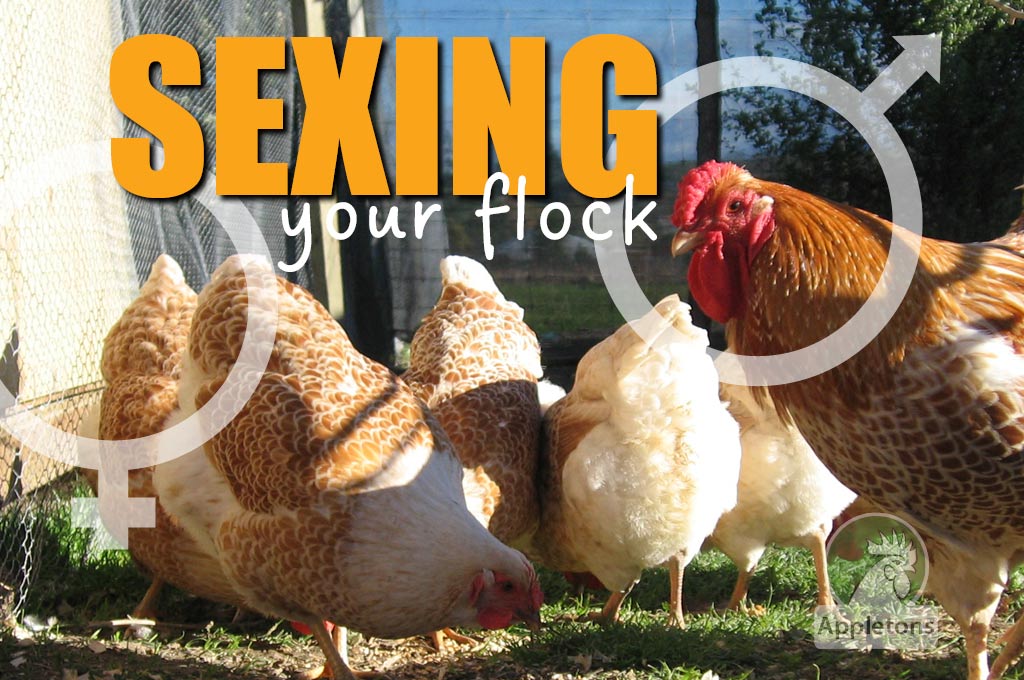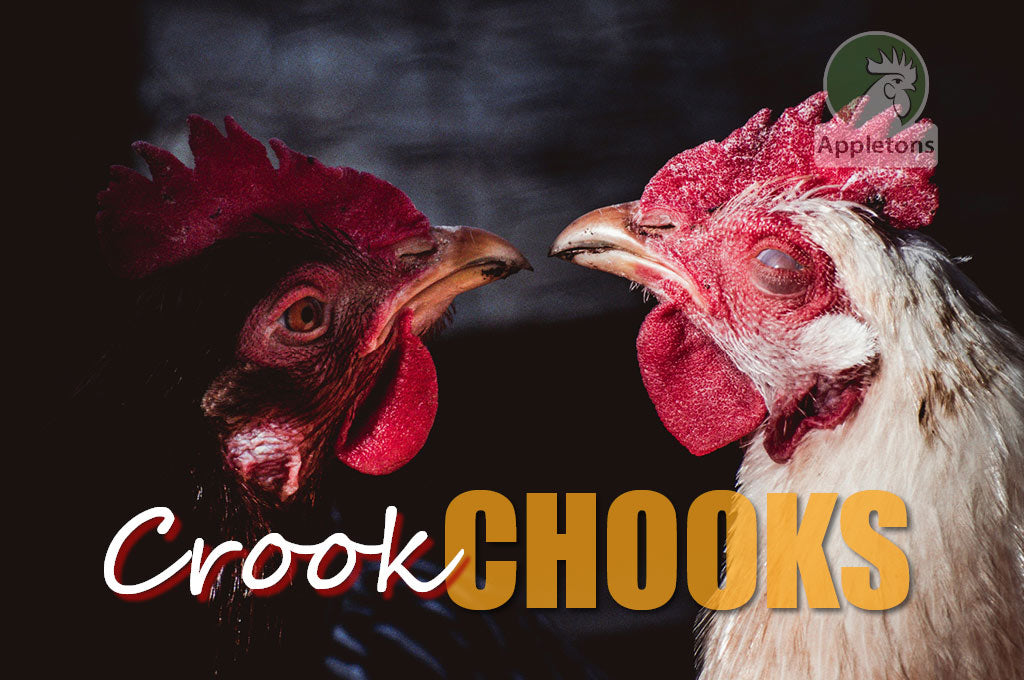How to Cull a Bird
Published Saturday 31st August 2024
Culling is an essential aspect of poultry farming, whether destined for the table, or for maintaining a healthy flock, or managing surplus birds. It can be a sensitive and challenging task but can be managed efficiently and humanely with the right knowledge and techniques.
One way to cull a bird is to dislocate the head from its neck. There are two recognised options for this, shown below as method 1 and 2. Another is to sever the head with a hatchet, axe, sharp knife or similar tool. A slaughter killing cone makes this process safe and manageable, however it can be messy as blood exits and nerve endings cause the body to flap about (for about 20 seconds) after death. Here are three techniques in more detail.
Method 1
Hold the bird by its feet with one hand and allow its head to point down towards the ground. Use your other hand to grip the bird behind the back of the skull, with your index and second finger placed on either side of the head (forming a V). Pull in opposite direction with a steady pressure (1) and then rotate your wrist slightly (2) until you feel the neck bones separate from the head. Try and feel the 'give' of the neck bones. With a little practise, this method is quick and clean.
Tip: Have a cloth nearby to control bleeding if the neck does tear.

Method 2
Typically referred to as the broomstick method, a broom handle or similar pole is used to pin the birds neck to the ground (just behind the head). Hold both legs in your hands and position your feet on the pole. This will keep the head firm to the ground as you pull the legs steadily and firmly upward, until the neck bones part from the head. Note: You will feel the bird's body 'tense' then 'flutter' but keep pulling the feet upward until you feel the 'give' of the dislocated neck bones. Stop before the skin tears but keep a cloth handy to control bleeding if the neck does tear. Once again, a little practise makes for a quick and clean technique.

Method 3
Make use of a slaughter killing cone to secure and dispatch birds, as it is a relatively safe and tidy way to cull birds single handedly. Fix the cone securely to a fence post or similar, then place the bird upside-down, head-first inside the cone. Its head will stick out the base and will remain quiet and calm in this position. You can utilise something heavy to stun the bird, with a blow to the head, then cut the jugular vein and arteries found just behind the ear, at the base of the beak. Alternatively, use a hatchet, axe or sharp knife to remove the head completely. Note: Do expect blood and trembling from the bird's body for several seconds. Consider wearing old clothes or an apron, and have a bucket nearby to collect the blood.
Shop Poultry Slaughter Killing Cone

Tips:
Preparation: Before beginning the culling process, gather all the necessary tools and materials required for your preferred culling method. You'll need a sharp knife or specialized poultry shears, a suitable killing cone or restraining device, a bucket for blood disposal, and gloves for hygiene and safety.
Selecting the Birds: Identify the chickens that need to be culled. This might include sick, injured, or non-productive birds, as well as surplus roosters or older hens. Ensure you're making decisions based on the welfare of the flock and the sustainability of your operation. A poultry crook is a handy chicken catch tool for this exercise. Shop Poultry Crook.
Setting Up: Prepare a calm and quiet area for the culling process. Ensure that the chosen method is performed swiftly and efficiently to minimize stress and discomfort for the bird. If using a killing cone, affix it securely to a stable surface at a comfortable working height.
Restraint and Calming: Handle the chicken gently but firmly to minimize stress. Some birds may benefit from being briefly covered with a cloth to calm them before culling. Place the bird head-first into the killing cone or restraint device, ensuring its feet and/or wings are secured.
Execution: Execute the chosen culling method quickly and accurately to ensure minimal suffering for the bird. If performing cervical dislocation manually, grasp the bird's head firmly and swiftly twist or pull to dislocate the neck. If stunning before bleeding, ensure the stunning method is effective and immediately proceed with bleeding.
Bleeding Out: After culling, allow the bird to bleed out completely. This can be achieved by making a swift, deep cut across the main blood vessels in the neck using a sharp knife. Ensure the bleeding process is thorough to prevent any remaining suffering for the bird.
Reflection and Review: After completing the culling process, take a moment to reflect on the experience. Consider any adjustments or improvements that could be made for future culling activities, and ensure that all necessary precautions were taken to maintain hygiene and safety throughout the process.




Swipe for more
